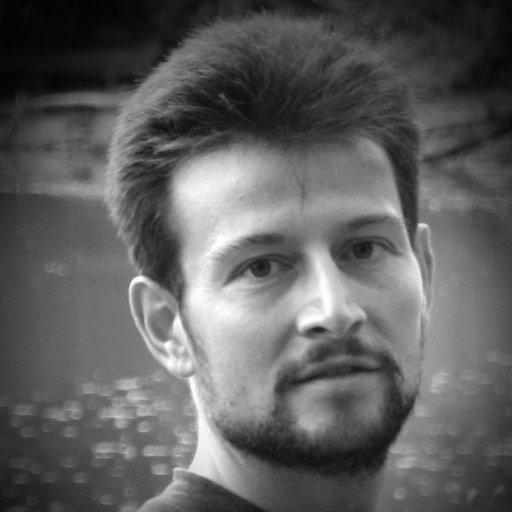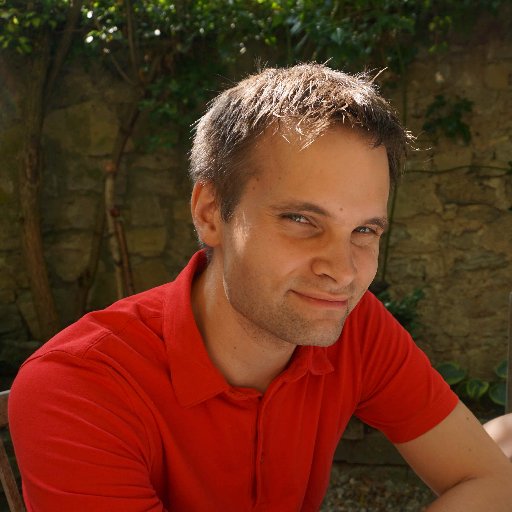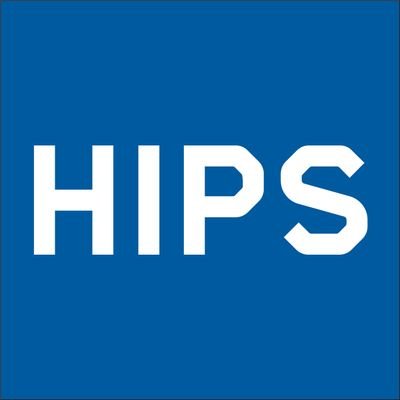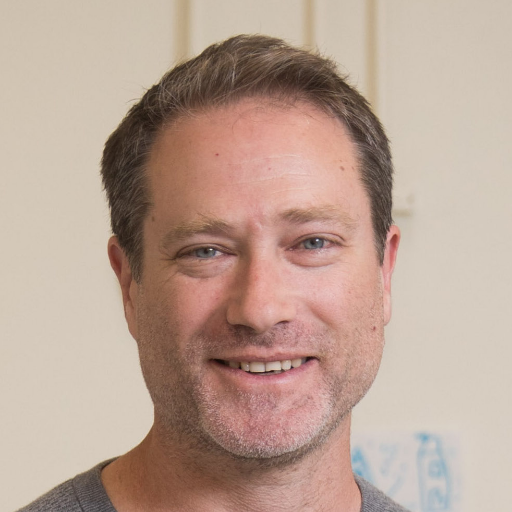
Fabian Kern 🦋 @fabianmkern
@fabiankern13
Followers
403
Following
368
Media
19
Statuses
239
#Bioinformatics & #DataScience 👨🏻💻 University of Hamburg - Follow me at https://t.co/qz7QAN1WrQ
Hamburg, Germany
Joined November 2016
We need to understand how #Covid_19 affects the brain. Our study out now at @Nature provides a molecular basis. Terrific experience, sharing co-first with @andcyang and exceptional guidance by Tony @wysscoray and Andreas Keller. Free link: https://t.co/UthIOBC8fL
@Stanford_Neuro
4
77
243
The heterogeneity of HeLa cell-lines undermines reproducibility. HeLa cells were obtained without informed consent. ==> Researchers should avoid using HeLa cells unless required by a special justification.
8
49
261
If you are interested in microbial #pangenomes, join us @eseb2025 in Barcelona with Jesse Shapiro and Anna Dewar. Only two days left to submit an abstract! https://t.co/8csIeisXMo
0
6
7
One thing we know, another thing we can't avoid: Infection and aging partially converge in spatial transcriptomics data of mice. Great work by our good friend and esteemed colleauge @fabiankern13 👏 https://t.co/5Sl8tj9QuW
biorxiv.org
Aging is a multifactorial and complex physiological process, affecting every organ with characteristic manifestations. Understanding the molecular mechanisms that drive aging processes is crucial to...
0
2
2
New preprint alert 🥁📣 We present 168 #spatial #transcriptomics samples (Visium + Stereoseq) - Annotating 100 molecular niches across mouse organs and finding spatial DEGs / pathways shared between #aging and systemic #infection. Pls share and read more https://t.co/Td5oV1eNWs
0
0
3
Congrats to the team again, and thanks to Dr. Andrew Olson for imaging this beautiful #oligodendrocyte #cytoskeleton featured on the cover
In this issue: preserved magnetism from the early solar nebula, group formations among solitary animals, and expansions and recessions of human populations. https://t.co/A1A5Dx9C4f
1
5
31
Thanks to all our collaborators, especially for @iram_tal and @ZucheroLab for making this a success story and a great experience🚀! In science, tenacity always pays off 🎉🥳
We have liftoff! 🚀 Excited to share our new work revealing an essential role of the transcription factor SRF in @myelination, out today @PNASNews. Led by the amazing @iram_tal and Miguel Garcia in collaboration with @fabiankern13, @wysscoray, and their labs.
0
0
7
Paper accepted in @PNASNews ! Stay tuned... 📈🥳
0
0
7
Tired of trying to grab your favorite 🧠-gene from countless papers? Search no more! Our new region-aware atlas #zebra, based on a deep neural network gives you easy access to over 4 million sc/snRNA-seq profiles across the🧓&🐭brain in age and disease: https://t.co/ZUuCjulhVP
0
24
90
Thrilled to see our map of the aging mouse brain published in @CellCellPress. We find that white matter tracts are hotspots of brain aging, where (micro)glia appear to age faster. Thanks to @wysscoray and an incredible team for getting this done! https://t.co/EcPlT4mC7A
10
61
265
Great opportunity in the lab of Alex Titz and many more at HIPS and @Saar_Uni. We have a total of 15 open PhD positions related to microbiome-modulating therapies. Apply now! 👩🔬🧑🔬
Please RT: Open PhD position in Synthetic medicinal chemistry with us @Saar_Uni! Project #8 on the site. Deadline May 15! https://t.co/kbEhCZ0QZx
0
7
13
Glad to share our paper mapping small noncoding RNA across the mouse lifespan and in 16 organs @CCB_CBI Map was augmented by rejuvenation intervention and vesicle sequencing. Strongest reversable effects occurred in the aging liver, mediated by miRNAs: https://t.co/yIMvx58sy3
0
5
13
Characterizing expression changes in noncoding RNAs during aging and heterochronic parabiosis across mouse tissues https://t.co/ZncOipna4W
1
20
84
An incredible and badly needed resource for disease epigenetics. Complete methylomes for individual cell types purified from numerous human tissues and multiple individuals. Congrats Netanel,Judith, Ayelet, Ben,Yuval, Tommy + the rest of this amazing team! https://t.co/FY9ZTHqvYR
nature.com
Nature - We describe a human DNA methylome atlas based on deep whole-genome bisulfite sequencing, allowing fragment-level analysis of cell-type-specific markers and providing an essential resource...
2
58
206
The future of spatial is here! Big shout out from the @10xGenomics Symposium in freezing and beautiful Munich🏔. A great get-together of young (and old) #Spatialists and now, new friends from @HelmholtzMunich! Proud to see the community making incredible progress #Visium #Xenium
0
0
14
There’s much to explore in the supplement, give it a try. We are also happy to receive your questions or comments. Thank you for staying with me until this point and again a big shout out to all team members for their great work! 🙏
0
0
5
In summary, we could show how the SRF pathway essentially enables mammalian #myelination by powering up the actin cytoskeleton machinery needed for OLs to get in move rather than promoting the actual differentiation process. They are the #strangers wrapping our neurons.
1
0
6
Now knowing that SRF drives early actin assembly we quantified the amount of filament levels from purified OPC over the differentiation axis, comparing wildtype against knockout. We confirmed that the actual assembly but not the disassembly process was disrupted in the latter.
1
0
1
Tracking binding sites of the CArG consensus motifs, we found OPC/OL shared target gene sets from the actin machinery. Exactly those genes were primarily down-regulated in our knockout experiment – we uncovered a positive regulation of actin cytoskeleton by SRF in the OL lineage!
1
0
1
Hypothesizing that SRF regulates key players of the actin cytoskeleton assembly, which is needed for the morphological transformation, i.e. getting in contact with axons, we performed cell-type specific #ChIPseq to determine its targets.
1
1
2
After confirming that the density of OPCs and OLs was not affected by our knockout, we wanted to have a mechanistic understanding on how SRF modulates the cells’ ability get in contact with axons using #RNAseq. We found an enrichment for cytoskeletal genes being dysregulated.
1
1
2











